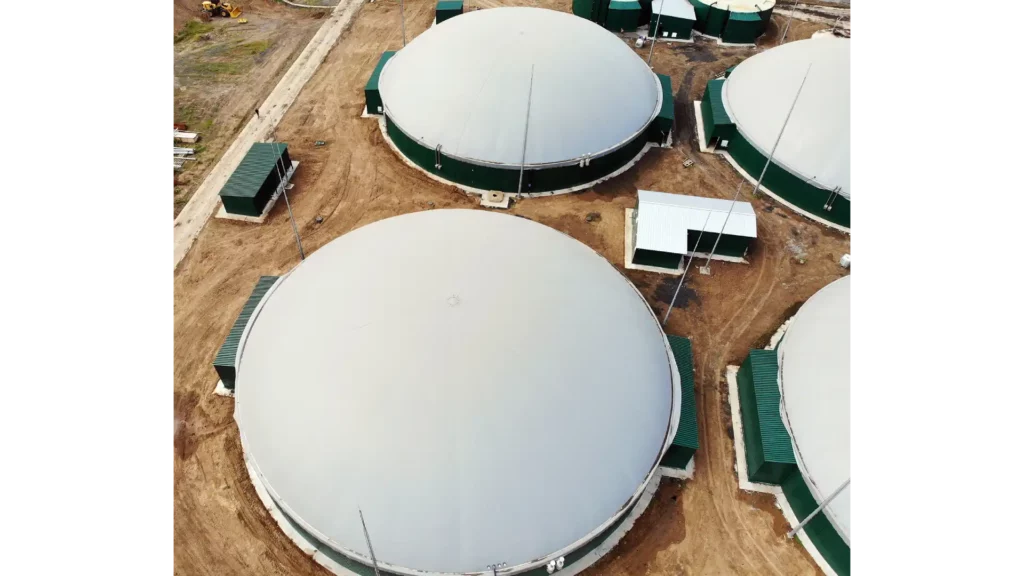In the contemporary quest for sustainable energy solutions, biomass energy facility stand out as beacons of hope and innovation. As the world gravitates towards greener, more sustainable energy sources, the importance of biomass energy facility cannot be overstated.
This comprehensive guide delves deep into the realm of biomass energy facility, exploring their mechanisms, benefits, challenges, and future prospects.
With the world at a pivotal environmental crossroads, understanding and leveraging the power of biomass energy facility is more crucial than ever.
Biomass Energy Facility
Biomass energy facility are specialized plants designed to generate energy by converting organic materials, known as biomass, into electricity, heat, or both.
These facilities harness materials such as agricultural residues, wood waste, and even municipal solid waste, transforming them into a sustainable source of energy.
The essence of a biomass energy facility lies in its ability to provide a renewable and potentially carbon-neutral alternative to fossil fuels, making it a cornerstone in the transition to a more sustainable energy landscape.
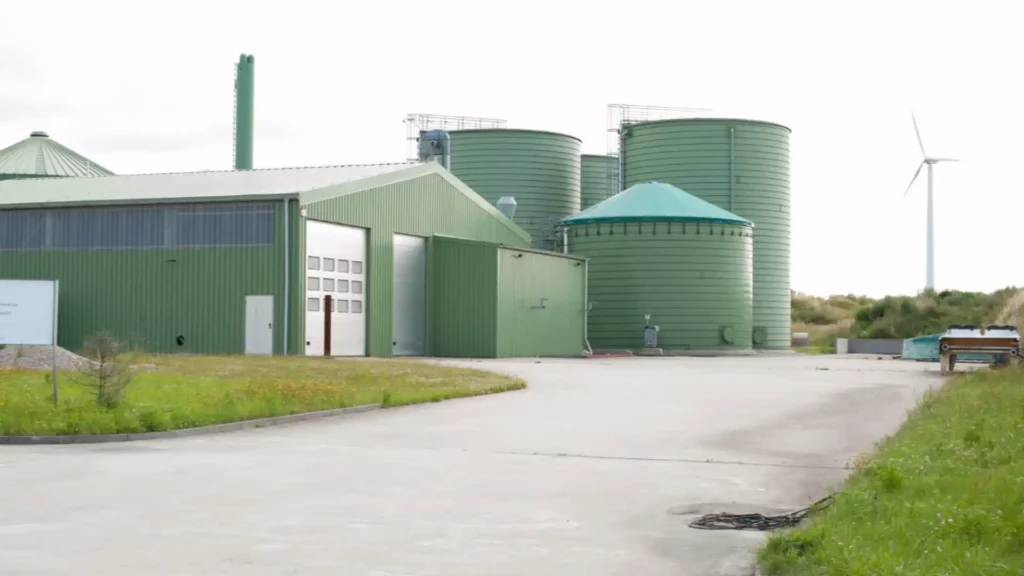
What Constitutes Biomass?
Before delving deeper into the mechanics of biomass energy facility, it's vital to understand what biomass encompasses. Biomass includes plant and animal materials such as wood chips, crop residues, forest debris, and even algae.
These organic materials are abundant and continually replenished, making biomass a renewable energy source with a lower carbon footprint compared to traditional fossil fuels.
The Process of Energy Generation in Biomass Energy Facility
The core of a biomass energy facility's operation involves several stages, starting from the collection of biomass to the generation of electricity. The process typically includes the following steps:
- Collection and Preparation of Biomass: Biomass is gathered from various sources, including forestry operations, agricultural processes, and waste management facilities. It is then prepared for energy conversion, which may involve drying, chipping, or pelletizing the material to optimize its energy yield.
- Combustion/Conversion: The prepared biomass is fed into a combustion chamber or a biochemical converter. Through combustion, biochemical processes, or a combination of both, the biomass is broken down, releasing heat.
- Energy Generation: The heat generated from the biomass conversion is used to produce steam. This steam drives turbines connected to generators, converting mechanical energy into electricity.
- Emission Control and Waste Management: Modern biomass energy facility are equipped with advanced emission control systems to minimize environmental impact. Additionally, ash and other residues from the conversion process are managed and often repurposed, ensuring a minimal waste footprint.
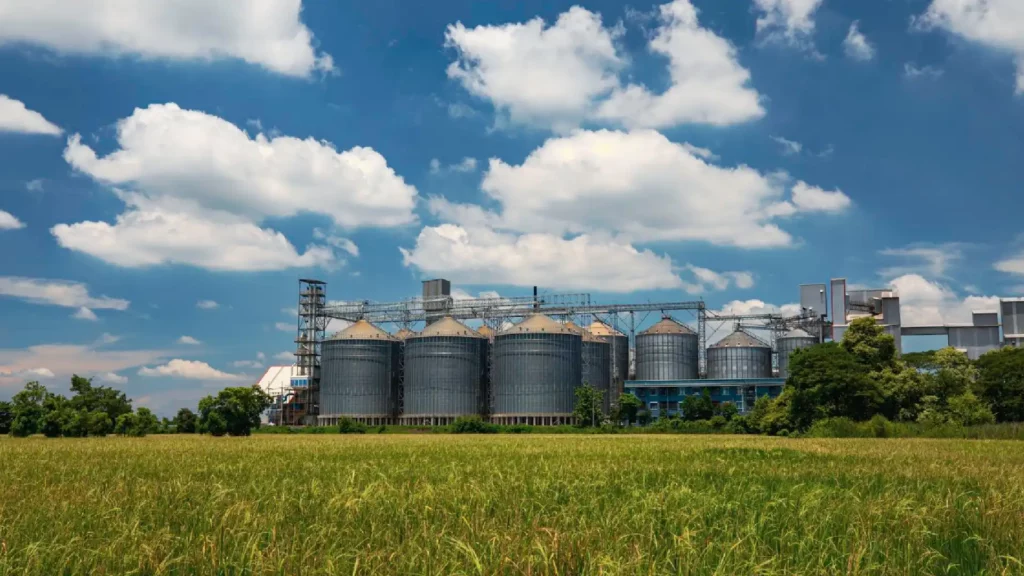
Benefits of Biomass Energy Facility
The transition towards biomass energy facility brings with it a plethora of benefits, not only for the environment but also for the economy and society at large.
- Renewable and Sustainable: Biomass energy facility utilize renewable resources that can be replenished, ensuring a continuous and sustainable energy supply.
- Carbon Neutrality: They have the potential to be carbon neutral, as the CO2 released during biomass combustion is approximately equal to the CO2 absorbed by the plants during their growth.
- Waste Reduction: These facilities provide a practical solution for managing organic waste by converting agricultural, forest, and municipal waste into energy.
- Economic Benefits: Biomass energy facility can drive economic growth, especially in rural areas where biomass is often sourced.
- Energy Security: By utilizing local biomass resources, these facilities contribute to energy security, reducing dependency on imported fuels.
- Diversification of Energy Sources: Biomass energy facility add valuable diversity to a nation's energy mix, enhancing stability and reducing the risk associated with reliance on a single energy source.
- Support for Rural Economies: The development and operation of facility energy facilities can have a significant positive impact on rural economies by providing new markets for agricultural products and residues, thus offering additional income streams for farmers and landowners.
- Technological Innovation: The ongoing development of biomass energy technologies promotes innovation in energy production, leading to more efficient and cleaner conversion processes.
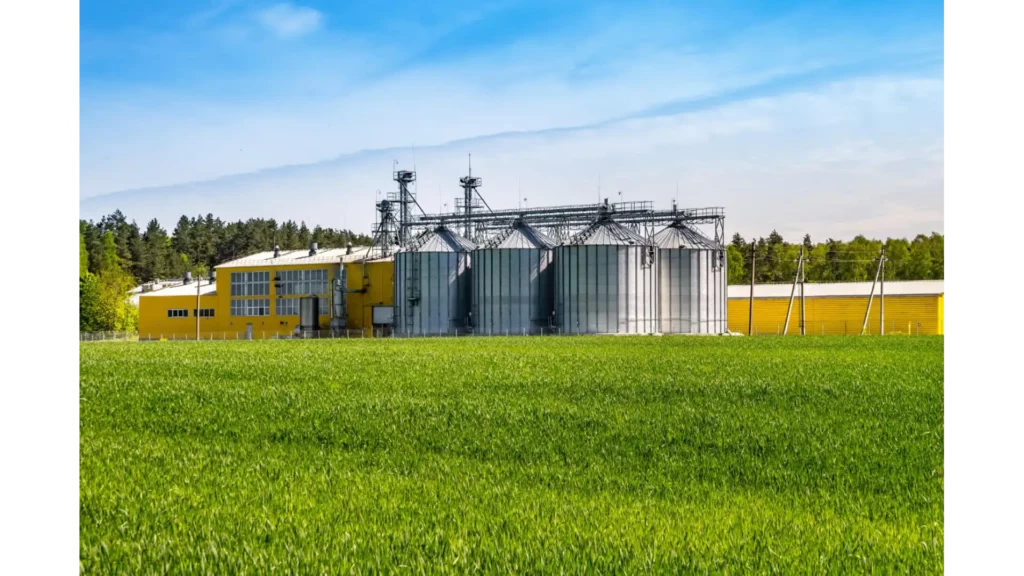
The Role of Biomass Energy Factory in Sustainable Energy Production
Biomass energy factories are important for sustainable energy production by converting organic materials into renewable energy, addressing environmental challenges from fossil fuel use.
A single biomass energy factory has the potential to significantly reduce greenhouse gas emissions by utilizing agricultural residues, forest waste, and other organic materials as feedstock for energy generation. This not only aids in the mitigation of climate change but also promotes waste reduction and energy sustainability.
Biomass energy factories benefit the environment and local economies by creating jobs and supporting agriculture and forestry. Their development is essential for sustainable energy goals and is crucial in the modern energy landscape.
Exploring Biomass Energy Across Various Cities
The adoption of biomass energy is not uniform across the globe, with certain cities and regions showcasing pioneering efforts in integrating this sustainable energy source into their local energy mix.
- Cities That Use Biomass Energy
Cities worldwide are leading in sustainable development by using biomass energy to convert organic waste into energy.
This practice reduces landfill usage and lowers greenhouse gas emissions. Dedicated biomass energy facilities showcase the practical and environmental benefits of this renewable energy source, setting examples for others to adopt.
- Biomass Energy Bumpass VA
Biomass Energy Bumpass VA uses local resources to create clean, renewable energy. This benefits the economy and environment, setting an example for other small communities.
- Biomass Energy in Oregon
Biomass Energy in Oregon, utilizing its forestry resources for renewable energy. The state's commitment to sustainable biomass energy highlights its dedication to green technologies and economic growth.
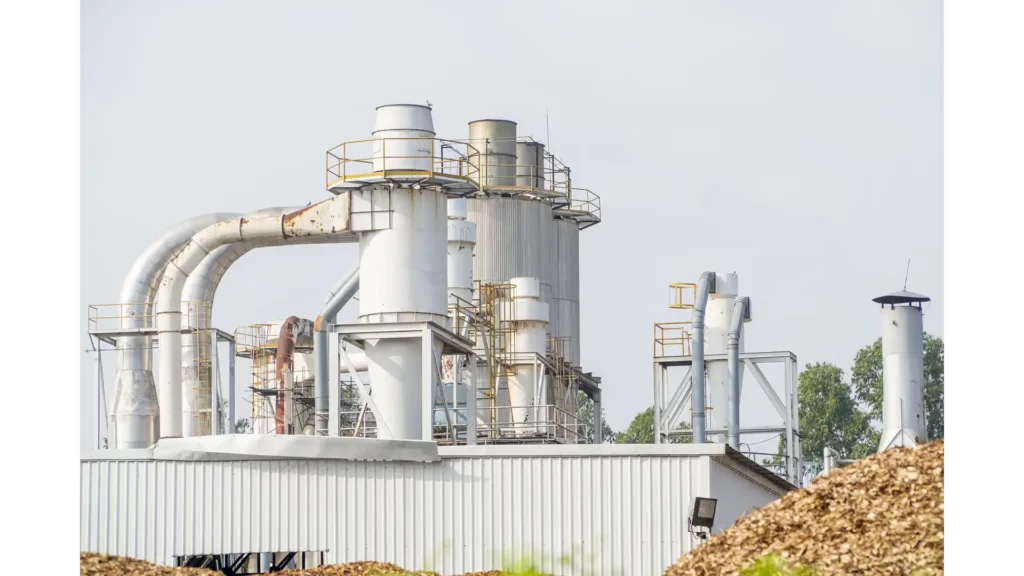
Biomass Energy LLC: Leading the Charge in Renewable Energy
In the world of renewable energy, Biomass Energy LLC is making strides in reducing carbon footprint and advancing energy sustainability.
Three standout companies are known for their innovation, efficiency, and sustainability efforts. Let's explore their profiles and the impact of biomass energy.
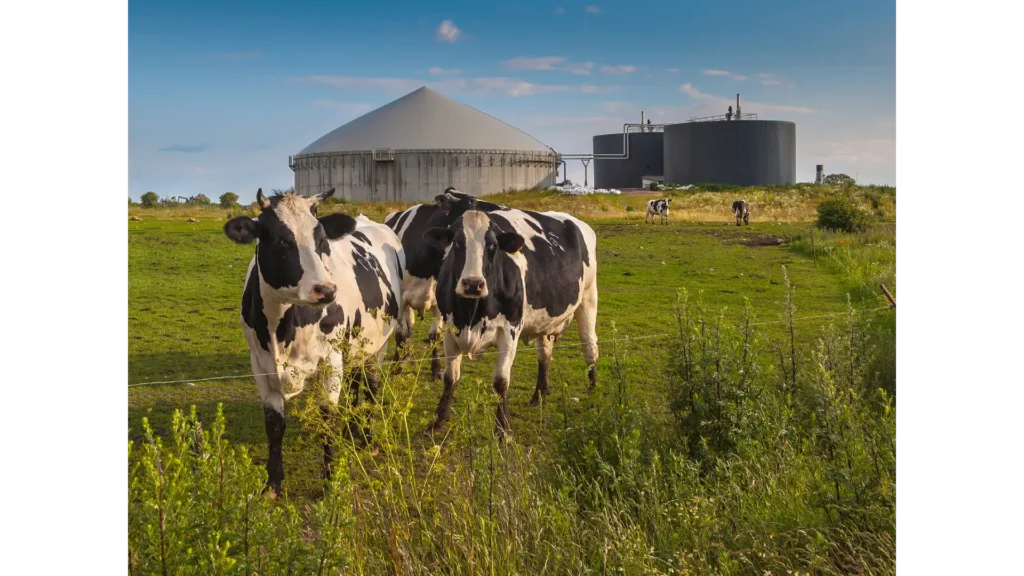
Enviva Partners, LP
Enviva Partners, LP, based in Bethesda, Maryland, is a global wood pellet producer focused on sustainability and renewable energy. Their high-quality pellets are utilized by power plants in Europe and Asia to lower carbon emissions and transition away from coal. Achievements and Impact:
- Sustainability: Enviva operates under stringent sustainability practices, sourcing wood from responsibly managed forests and ensuring that their operations contribute to the health of the forest ecosystems.
- Expansion and Capacity: With multiple processing plants and deep-water export terminals in the southeastern United States, Enviva can produce and export millions of tons of wood pellets annually.
- Innovation in Biomass: The company is at the forefront of technological advancements in biomass processing, continuously improving the efficiency and environmental footprint of its operations.
Drax Group plc
Drax Group plc, a UK company, is becoming a global energy giant with a focus on renewable power, especially biomass. Drax Power Station in North Yorkshire is now the world's largest biomass-fueled power station, a major move from coal to sustainable energy. Achievements and Impact:
- Carbon Negative Ambitions: Drax has ambitious plans to become carbon negative by 2030, leveraging bioenergy with carbon capture and storage (BECCS) technology.
- Supply Chain Sustainability: Drax ensures sustainability in its biomass supply chain, committing to strict standards to minimize environmental impact and promote forest health.
- Community and Economic Contributions: Beyond its environmental efforts, Drax contributes significantly to local economies, supporting jobs and fostering economic development in the regions where it operates.
Pacific BioEnergy Corporation
Pacific BioEnergy Corporation, located in Prince George, BC, Canada, is a top wood pellet company dedicated to sustainable energy from forestry waste. A pioneer in biomass since the 1990s, they prioritize renewable energy and environmental care. Achievements and Impact:
- Sustainability and Certification: Pacific BioEnergy operates with a commitment to sustainability, holding certifications that ensure its wood pellets are produced from responsibly managed forests.
- Innovation and Technology: The company invests in advanced pellet production technologies, reducing emissions and increasing the efficiency of its operations.
- Global Reach: Pacific BioEnergy supplies high-quality wood pellets to markets worldwide, helping to displace coal and reduce greenhouse gas emissions in power generation.
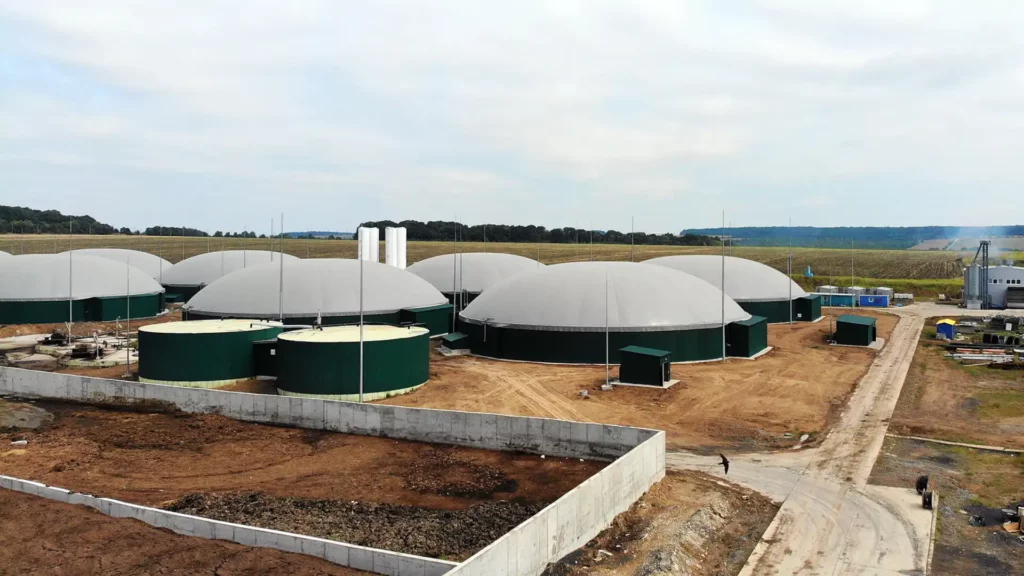
The Future of Biomass Energy Facility
The future of biomass energy facility is bright due to technological advancements and global commitment to renewable energy. Focus is on conversion technologies, supply chain logistics, and efficient use of biomass.
Integrating biomass energy with solar and wind can improve energy systems globally. Policymakers and industry leaders see biomass as vital for energy independence and combating climate change.
Continued investment and innovation could make biomass a key part of a clean energy future.
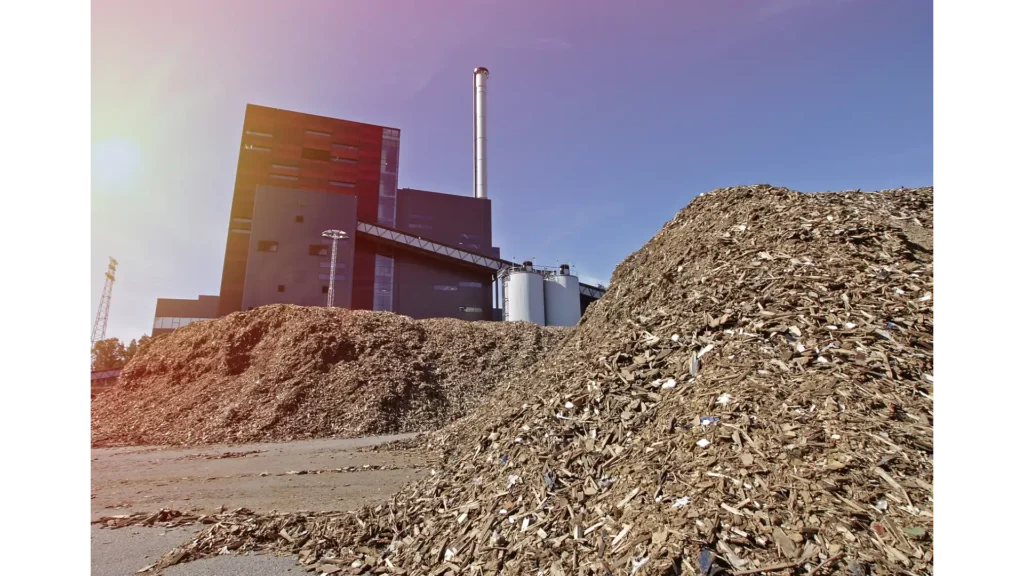
Frequently Asked Questions (FAQs) About Biomass Energy Facilities
What Makes Biomass a Renewable Energy Source?
Biomass is considered renewable because it consists of organic materials that can be replenished over time. These materials, such as wood, agricultural crops, and waste, grow back or are produced continuously, ensuring a sustainable supply for energy production.
How Does a Biomass Energy Facility Reduce Greenhouse Gas Emissions?
Biomass energy facilities can help reduce greenhouse gas emissions by substituting biomass for fossil fuels. When biomass is burned, it releases carbon dioxide (CO2) absorbed during the plant's growth, resulting in a closed carbon cycle. This contrasts with fossil fuels, which release CO2 that has been locked away for millions of years, adding to the atmospheric concentration of greenhouse gases.
Can Biomass Energy Completely Replace Fossil Fuels?
While biomass energy offers a sustainable and renewable source of power, it is unlikely to completely replace fossil fuels on its own due to scalability, supply, and energy density challenges. However, when combined with other renewable energy sources like solar and wind, biomass can significantly reduce our dependence on fossil fuels.
What Are the Main Types of Biomass Used in Energy Facilities?
The main types of biomass used include wood and wood processing wastes, agricultural crops and waste materials, animal manure and waste, and organic municipal solid waste. Each type has different characteristics and energy potentials.
Is the Energy Produced by Biomass Facilities Expensive?
The cost of energy from biomass facilities can vary widely based on technology, biomass supply logistics, and facility scale. While initial setup costs can be high, operational costs tend to be lower compared to some fossil fuels. Additionally, as technology advances and the scale of biomass production increases, costs are expected to decrease.
What is Biomass Energy Resources LLC?
Biomass Energy Resources LLC is a leading provider in the development and management of biomass energy facilities. We specialize in utilizing organic materials to produce clean, renewable energy, aiming to reduce dependency on fossil fuels and mitigate environmental impacts. Our commitment lies in harnessing the sustainable power of biomass to contribute to a greener, more sustainable future.
How Sustainable Are Biomass Energy Facilities Compared to Other Renewable Energy Sources?
Biomass energy facilities are considered sustainable due to their use of renewable organic materials and potential for carbon neutrality. However, their sustainability can vary based on factors such as the source of biomass, energy conversion efficiency, and environmental management practices. Compared to wind and solar, biomass has a different set of environmental impacts and benefits, making it a complementary rather than directly comparable source of renewable energy.
Can Biomass Energy Help in Waste Management?
Yes, biomass energy facilities can play a significant role in waste management by utilizing organic waste materials that would otherwise end up in landfills. This not only reduces landfill use and methane emissions but also converts waste into valuable energy, contributing to a circular economy.
Are There Any Environmental Risks Associated with Biomass Energy?
While biomass energy is generally considered environmentally friendly, there are potential risks, such as deforestation, loss of biodiversity, and air pollution from combustion. Mitigating these risks requires careful selection of biomass sources, sustainable forest and agricultural management practices, and the use of advanced technologies for cleaner combustion and emissions control.
How Can Consumers Support Biomass Energy?
Consumers can support biomass energy by advocating for policies that promote renewable energy development, choosing energy providers that incorporate biomass into their energy mix, and supporting businesses and products that prioritize sustainability and renewable energy use. Educating oneself and others about the benefits and challenges of biomass energy can also foster a more informed public discourse on sustainable energy solutions.
Conclusion
Biomass energy facility represent a critical step forward in the global shift towards sustainable energy solutions.
By harnessing the power of organic materials, these facilities offer a renewable, potentially carbon-neutral alternative to fossil fuels, contributing significantly to waste reduction, economic growth, and environmental protection. While challenges remain, the potential of biomass energy facility to transform the energy landscape is immense.
As technology advances and global commitment to renewable energy strengthens, the role of biomass energy facility in powering a sustainable future becomes increasingly vital.
Sources
https://www.forestresearch.gov.uk/tools-and-resources/fthr/biomass-energy-resources/

